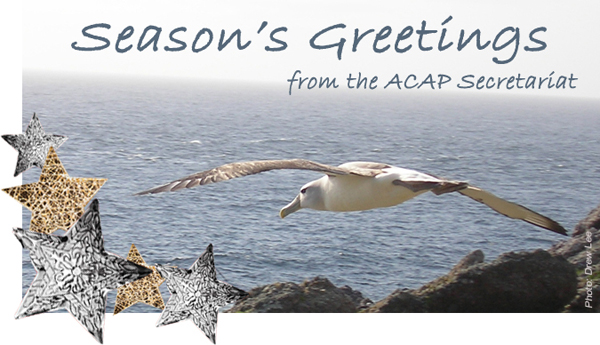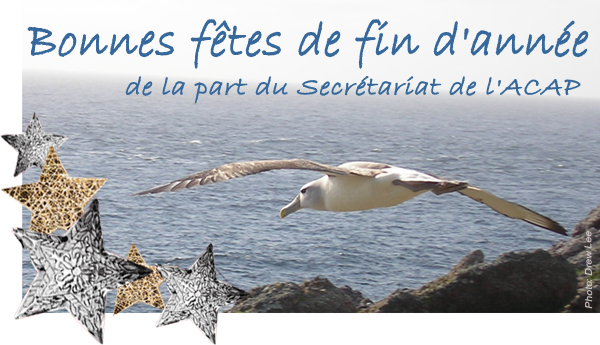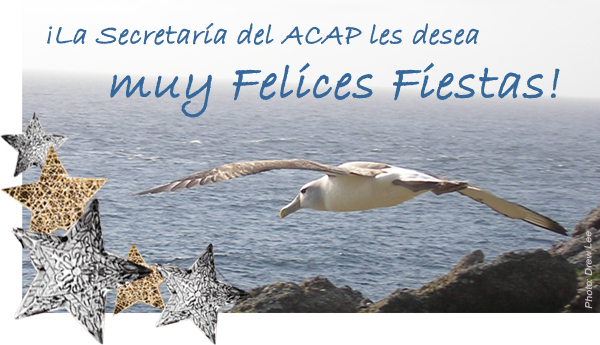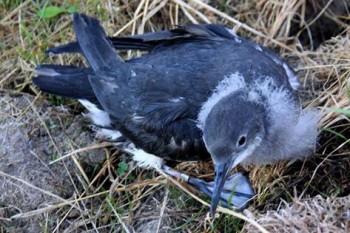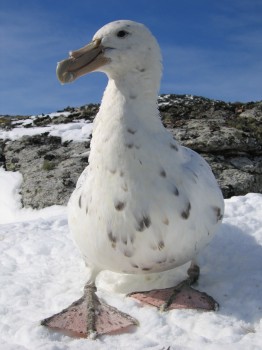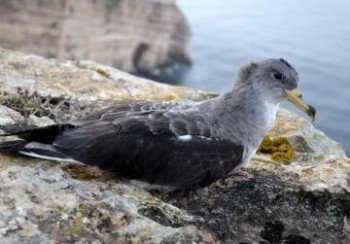Michelle Kappes (Department of Fisheries and Wildlife, Oregon State University, Corvallis, USA) and colleagues have published in the journal Movement Ecology on foraging patterns of Laysan Phoebastria immutabilis and Black-footed P. nigripes Albatrosses.
The paper’s abstract follows:
“Background: The spatiotemporal distribution of animals is dependent on a suite of factors, including the distribution of resources, interactions within and between species, physiological limitations, and requirements for reproduction, dispersal, or migration. During breeding, reproductive constraints play a major role in the distribution and behavior of central place foragers, such as pelagic seabirds. We examined the foraging behavior and marine habitat selection of Laysan (Phoebastria immutabilis) and black-footed (P. nigripes) albatrosses throughout their eight month breeding cycle at Tern Island, Northwest Hawaiian Islands to evaluate how variable constraints of breeding influenced habitat availability and foraging decisions. We used satellite tracking and light-based geolocation to determine foraging locations of individuals, and applied a biologically realistic null usage model to generate control locations and model habitat preference under a case–control design. Remotely sensed oceanographic data were used to characterize albatross habitats in the North Pacific.
Results: Individuals of both species ranged significantly farther and for longer durations during incubation and chick-rearing compared to the brooding period. Interspecific segregation of core foraging areas was observed during incubation and chick-rearing, but not during brooding. At-sea activity patterns were most similar between species during brooding; neither species altered foraging effort to compensate for presumed low prey availability and high energy demands during this stage. Habitat selection during long-ranging movements was most strongly associated with sea surface temperature for both species, with a preference for cooler ocean temperatures compared to overall availability. During brooding, lower explanatory power of habitat models was likely related to the narrow range of ocean temperatures available for selection.
Conclusions: Laysan and black-footed albatrosses differ from other albatross species in that they breed in an oligotrophic marine environment. During incubation and chick-rearing, they travel to cooler, more productive waters, but are restricted to the low-productivity environment near the colony during brooding, when energy requirements are greatest. Compared to other albatross species, Laysan and black-footed albatrosses spend a greater proportion of time in flight when foraging, especially during the brooding period; this strategy may be adaptive for locating dispersed prey in an oligotrophic environment.”
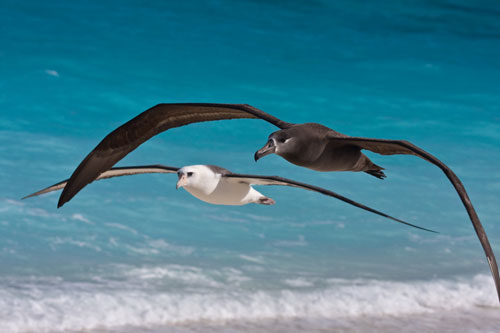
Laysan and Black-footed Albatrosses in flight at Midway Atoll, photograph by Eric Vanderwerf
Reference:
Kappes, M.A., Shaffer, S.A., Tremblay, Y., Foley, D.G., Palacios, D.M., Bograd, S.J. & Costa, D.P. 2015. Reproductive constraints influence habitat accessibility, segregation, and preference of sympatric albatross species. Movement Ecology 3: 34. 10.1186/s40462-015-0063-4.
John Cooper, ACAP Information Officer, 25 December 2015

 English
English  Français
Français  Español
Español 